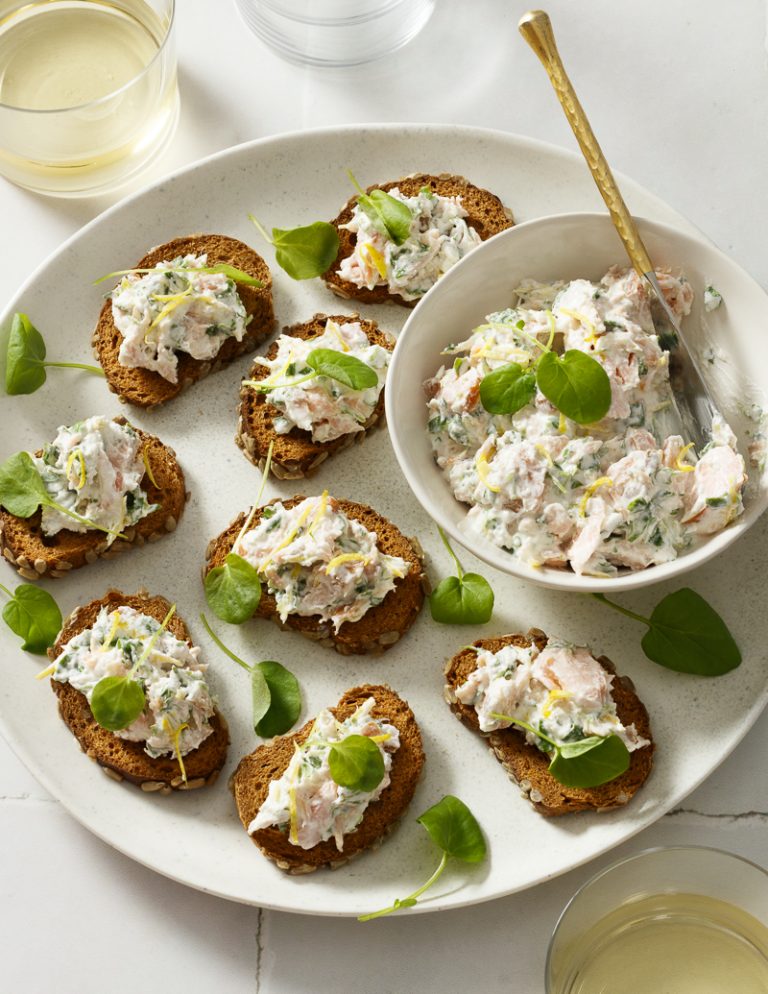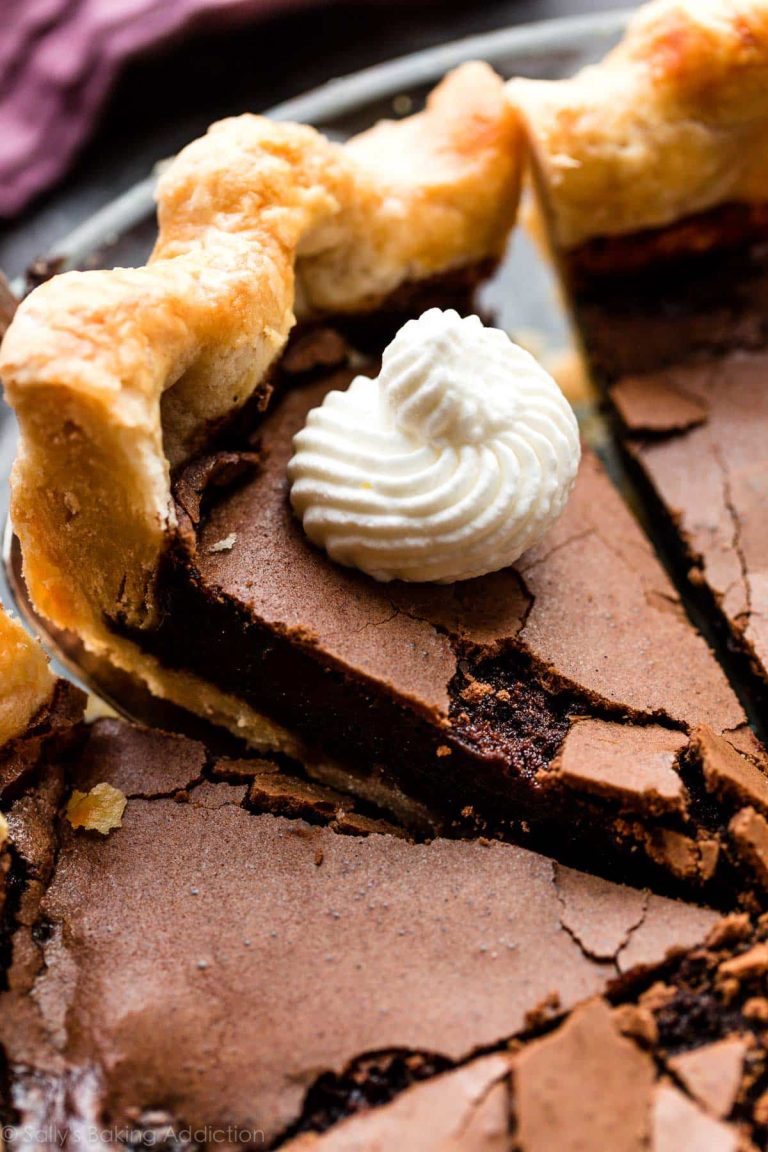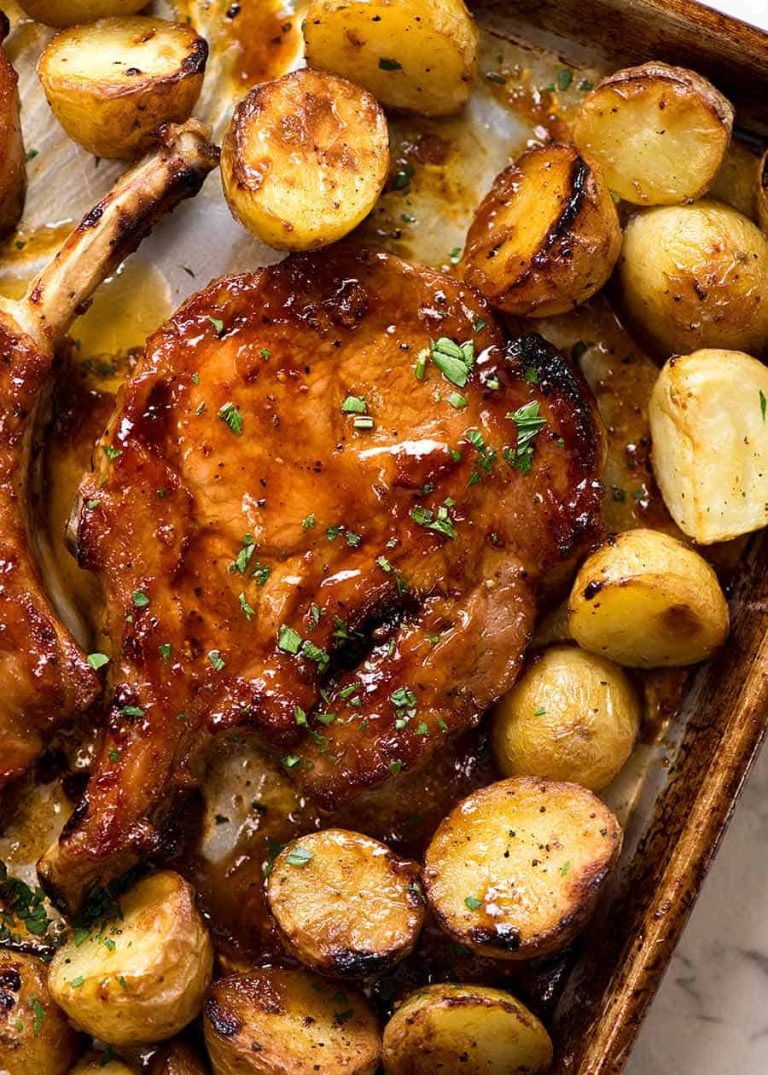Drawn Butter: Enhance Your Dishes with This Flavorful, Versatile Ingredient
Drawn butter, known as clarified butter, is essential in culinary applications. When heated and separated from milk solids and water, it achieves a higher smoke point. This quality makes it perfect for sautéing, frying, and baking. Chefs use drawn butter to enhance seafood, like lobster and crab, providing a rich, smooth coating. It excels in making delicate sauces, offering a pure butter taste without the risk of burning. Its versatility extends to being a flavorful dip for bread, vegetables, and grilled meats.
Common Misconceptions
Many confuse drawn butter with regular melted butter. Drawn butter has its milk solids and water removed, making it more stable at high temperatures. Another misconception is equating it with ghee. Although both are clarified, ghee undergoes longer cooking to caramelize the milk solids, imparting a nutty flavor. Some believe drawn butter lacks nutritional value, but it contains Vitamins A, D, and E. Lastly, many think it’s only for gourmet dishes; however, its versatility makes it suitable for everyday cooking and enhancing simple meals.
Origin and History of Drawn Butter
Geographic Roots
Drawn butter, widely known for its role in enhancing seafood, has roots in European cuisine. The French and Italians historically used clarified butter for its stability and high smoke point. In France, it’s referred to as “beurre clarifié,” while Italians know it as “burro chiarificato.” Its usage permeated various European regions, each culture adapting it to complement local dishes.
Evolution Over Time
Initially, drawn butter served as a preservation method. Removing milk solids extended the butter’s shelf life, making it valuable before refrigeration. Over time, culinary techniques evolved, and drawn butter became essential in classic French cuisine. Chefs like Auguste Escoffier incorporated it in sauces, molding its reputation as a gourmet ingredient. By the 20th century, its application expanded from French cuisine to international kitchens, becoming a staple for sautéing, dipping, and creating rich sauces. Today, it retains its culinary significance, from home kitchens to fine dining establishments.
How to Make Drawn Butter
Necessary Ingredients
You need only one primary ingredient to make drawn butter:
- Unsalted butter: Using high-quality, unsalted butter ensures the best flavor and allows greater control over seasoning.
Step-by-Step Preparation Guide
Follow these steps to prepare drawn butter:
- Melt the Butter: Place the unsalted butter in a saucepan over low heat. Heat gently until it completely melts, ensuring it doesn’t brown or burn.
- Separate Milk Solids: Once melted, let the butter sit for a minute. You’ll notice foam forming on the surface.
- Skim the Foam: Use a spoon to carefully skim the foam off the surface, which contains the milk solids.
- Pour Off the Clear Butter: Slowly pour the clear yellow butter into a separate container, leaving the remaining milk solids and any water at the bottom of the pan.
By following these steps, you achieve pure drawn butter, ideal for various culinary applications.
Uses of Drawn Butter in Various Cuisines
Seafood Enhancements
Drawn butter greatly enhances seafood dishes. Lobsters, crabs, and shrimp often get served with drawn butter for dipping. Its rich, clarified flavor complements the sweetness of the seafood, providing an immersive taste experience. Scallops browned in drawn butter achieve a perfect sear due to its high smoke point. Additionally, when drizzled over grilled fish, it adds a smooth, delicious finish, elevating the dish’s overall flavor.
Beyond Seafood: Other Uses in the Kitchen
Beyond seafood, drawn butter plays a significant role in various culinary applications. Its refined taste makes it a superior choice for sautéing vegetables like asparagus and green beans. In baking, drawn butter adds a rich depth to pastries such as croissants and puff pastries. It’s also excellent in sauces, including hollandaise and béarnaise, where clarified butter is essential for the emulsion process. Additionally, it works well for glazing meats like chicken and pork, giving them a shiny, flavorful coating.
This versatile ingredient enhances foods across cuisines, confirming its place in both traditional and modern kitchens.
Health Aspects of Drawn Butter
Nutritional Breakdown
Drawn butter, also known as clarified butter, offers a concentrated source of fat. In one tablespoon, you get approximately 120 calories, 14 grams of fat, and 9 grams of saturated fat. It also contains small amounts of vitamins A, E, and K. The removal of milk solids makes it more suitable for those with lactose intolerance.
Pros and Cons for Health
Drawn butter has several health benefits, including high levels of fat-soluble vitamins which support vision, skin health, and immune function. It provides butyrate, which can promote gut health and reduce inflammation. Additionally, its higher smoke point reduces harmful compounds when cooking at high temperatures.
However, consumption of drawn butter should be moderated due to its high saturated fat content, which can raise cholesterol levels and increase heart disease risk if consumed in excess. Incorporation into a balanced diet, accompanied by regular physical activity, can mitigate potential negative effects.
Conclusion
Drawn butter stands out as a versatile and flavorful addition to your culinary repertoire. Its ability to elevate seafood dishes and enhance a variety of recipes makes it indispensable in both traditional and modern kitchens. While it offers valuable nutrients and health benefits, moderation is key due to its high saturated fat content. By incorporating drawn butter thoughtfully into your diet and maintaining a balanced lifestyle, you can enjoy its rich taste and culinary advantages without compromising your health.






